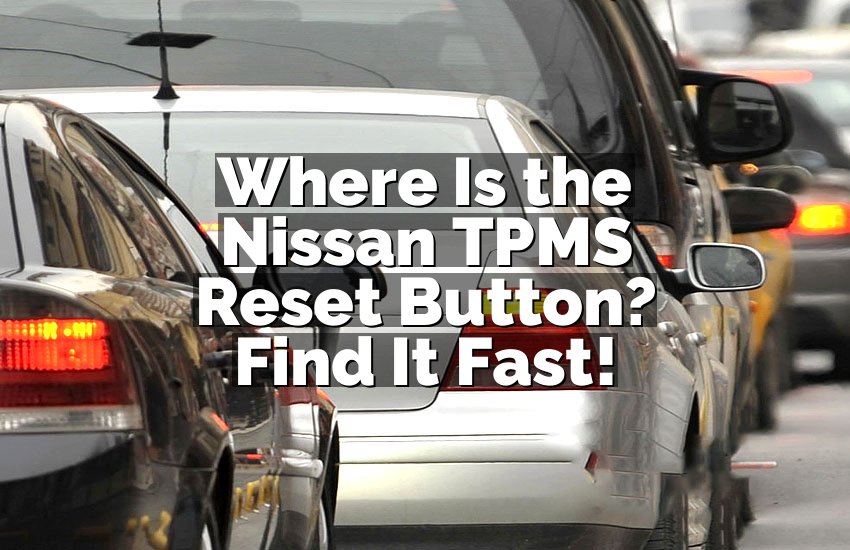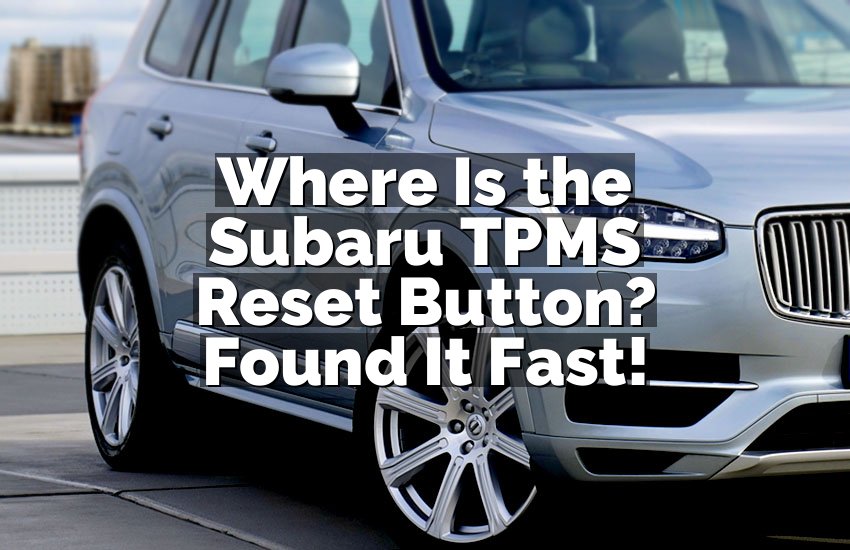If you’re thinking about buying a used car or already own one that’s reached the 200,000-mile mark, you might wonder: is 200,000 miles on a car bad? While it might sound like a lot, the answer isn’t as simple as a yes or no. A car with 200,000 miles can still be a reliable vehicle if it’s been well maintained, but there are certain things to consider before making a decision. Let’s dive into everything you need to know!
What Happens When a Car Reaches 200,000 Miles?
When a car hits 200,000 miles, it’s crossed a major milestone, but that doesn’t automatically mean it’s a bad car or that it’s going to fall apart soon. Cars are built to last longer than ever before, and many can go well beyond 200,000 miles with proper care. However, some factors can affect whether a car will keep running smoothly or if problems start popping up after hitting that mark.
Car Engine and Transmission Life at 200,000 Miles
The heart of any car is its engine, and when it hits 200,000 miles, there can be signs of wear. The engine might still be running, but you might notice some slight issues like rough idling or decreased power. If the engine has been well maintained—regular oil changes, air filter replacements, and using good fuel—it could last even longer than expected.
The transmission is another key part to consider. Reaching 200,000 miles often means the transmission has endured a lot of work. While some cars have tough transmissions that can go even further, others might need repairs or replacement soon after the 200,000-mile mark. If the transmission fluid has been regularly changed, the car might still be okay, but be prepared for potential repairs.
Regular Maintenance and Its Importance
Regular maintenance is essential for cars with higher mileage. If the previous owner or you have kept up with oil changes, brake checks, tire rotations, and fluid replacements, your car might be in better shape than one that has been neglected. Key components like the water pump, alternator, and timing belt can wear out over time, and they may need replacing soon after hitting 200,000 miles.
Cars that haven’t been well-maintained might show signs of problems, even if they have a long way to go before hitting the 200,000-mile mark. Regular visits to the mechanic, especially for big-ticket items, will help you identify any issues before they become more serious.
Is 200,000 Miles Still a Good Milestone?
Now that you know a bit about what happens to a car at 200,000 miles, let’s break down whether it’s a good milestone for a vehicle. This depends on several factors, including the type of car, its maintenance history, and how it was driven. There are a few things to keep in mind when thinking about buying or keeping a car with this much mileage.
Vehicle Brand and Model Impact
Some car brands and models are known for lasting longer than others. Japanese brands like Toyota and Honda, for instance, are often praised for their reliability and long-lasting engines. Cars from these brands can frequently surpass 200,000 miles without major issues. On the other hand, some luxury brands or certain European cars might not last as long without requiring costly repairs.
If you’re looking at a car with high mileage, always research the specific make and model. Some models are notorious for having issues even with relatively low mileage, while others are well-regarded for their durability and long life.
Driving Conditions and Habits
How the car was driven also plays a big role in its lifespan. If the car was driven mostly on highways with smooth roads and long trips, it will have been under less stress than a car driven in stop-and-go city traffic or on rough, bumpy roads. Highway miles tend to be less demanding on the engine than city miles, so a car that’s done more highway driving might be in better shape even with 200,000 miles.
Additionally, how the car was driven also matters. Cars that were gently driven, avoiding hard accelerations or braking, tend to last longer than those that were driven aggressively. If you can get the driving history of a used car, it could give you an idea of how well it has been treated.
Maintenance Records and Repairs
A key factor in determining whether 200,000 miles on a car is a good milestone is the maintenance history. If the car has had its regular checkups, repairs, and part replacements over the years, it’s likely to continue running smoothly for a while. Cars that have been neglected might start to show signs of wear more quickly, with issues appearing after reaching the 200,000-mile mark.
Before buying or continuing to drive a car with this mileage, try to get access to the maintenance records. This will tell you how well the car has been taken care of and whether it’s had any major repairs, like a new engine or transmission. It can also give you an idea of what you might expect to fix in the near future.
Signs a Car with 200,000 Miles Needs Attention
Even if a car with 200,000 miles seems fine at first glance, there could be signs that it’s time for a bit of attention. These signs often show up as the car reaches high mileage, and some are more obvious than others. Knowing what to look for can help you keep your car in the best shape possible and avoid expensive repairs later on.
Increased Oil Consumption
If your car is burning more oil than usual or you find yourself needing to add oil between oil changes, this could be a sign of engine wear. Higher mileage engines are more prone to burning oil, but it’s important to keep an eye on this issue. If left unchecked, it could lead to further engine damage. Regularly checking the oil and topping it up when needed is important, but if the oil consumption is unusually high, you might need to have the engine inspected.
Rough or Noisy Engine Performance
A car with 200,000 miles might start to sound a bit rough, especially during startup. You might hear knocking or tapping noises, which could indicate that the engine is getting worn out. If you notice that your engine sounds louder or performs less smoothly than it used to, it could be a sign that major repairs are needed soon.
Transmission Slipping or Difficulty Shifting
Transmission issues are common in high-mileage cars. If the car is having trouble shifting gears, or you notice it slipping out of gear, this could indicate that the transmission is wearing out. While some cars can continue running with a slipping transmission, it can get worse over time and lead to a total failure.
Uneven Tire Wear
If your tires are wearing out unevenly, this might suggest that your car’s suspension or alignment needs attention. High-mileage cars can develop suspension problems, which could lead to uneven tire wear. It’s important to get the alignment and suspension checked regularly to avoid these issues becoming more serious.
How to Take Care of a Car with 200,000 Miles
If you’re determined to keep a car with 200,000 miles, the key to ensuring it stays reliable is good care and maintenance. By staying proactive and addressing problems early on, you can get many more miles out of your car.
Regularly Check Fluids
One of the easiest ways to maintain a high-mileage car is by regularly checking and changing its fluids. This includes engine oil, brake fluid, transmission fluid, and coolant. Keeping all fluids at the correct levels and replacing them when needed will keep your car running efficiently and help avoid major issues.
Keep an Eye on the Timing Belt
The timing belt is one of the most important parts of an engine, and if it fails, it can lead to serious damage. For cars with 200,000 miles, it’s important to replace the timing belt if it hasn’t been done already. Generally, timing belts should be replaced every 60,000 to 100,000 miles, so be sure to check if this has been done in your car.
Perform Regular Inspections
Even if you don’t notice any obvious issues, it’s a good idea to take your car in for regular inspections, especially as it gets older. A mechanic can check over the car for small issues that might turn into larger problems later. Early detection can save you money and keep your car running smoothly for longer.
Drive Gently
If you’re aiming for another 100,000 miles or more, driving gently can help reduce stress on your car’s engine and transmission. Avoid hard accelerations, fast braking, and excessive idling. Keeping your driving habits calm and steady will help your car last longer.
I hope this helps you understand whether having 200,000 miles on a car is something to worry about. It all depends on the car’s history, maintenance, and care. With the right attention, you might just have many more miles ahead!
Frequently Asked Questions (FAQs)
Is it safe to drive a car with 200,000 miles?
Yes, it can be safe to drive a car with 200,000 miles, provided the car has been well-maintained. Regular maintenance, such as oil changes, brake checks, and fluid replacements, is key to ensuring the car’s safety and longevity.
Can a car last 300,000 miles?
Yes, many cars can last up to 300,000 miles with proper care. Models from brands known for durability, like Toyota and Honda, can reach or even surpass 300,000 miles if they are well-maintained and driven responsibly.
Do I need to replace the engine after 200,000 miles?
Not necessarily. If the engine has been properly maintained, it might still have plenty of life left in it. However, some parts of the engine may need replacing, such as seals or gaskets, especially if the car has been consuming a lot of oil.
Is it worth buying a used car with 200,000 miles?
It can be worth buying a car with 200,000 miles, but it depends on the make, model, and maintenance history. If the car has been well taken care of, it could last for several more years. Be sure to get a full inspection before buying.
Can I still get a warranty for a car with 200,000 miles?
Most warranties don’t cover cars with such high mileage. However, you might be able to get an extended warranty if the car is still in good condition. Some insurance companies offer coverage for high-mileage cars, though the cost might be higher.
Is it expensive to maintain a car with 200,000 miles?
The cost of maintaining a high-mileage car depends on the brand and condition of the car. Generally, repairs on a high-mileage car might become more frequent, but as long as regular maintenance is done, costs can be managed.
Do I need to replace the transmission after 200,000 miles?
Not necessarily. A well-maintained transmission can last well beyond 200,000 miles. However, if you experience issues like slipping or trouble shifting gears, it might be time to have the transmission checked or repaired.
Is it common for cars to have problems after 200,000 miles?
It’s common for cars to experience some wear and tear after hitting 200,000 miles, but not every car will have major problems. Regular maintenance and care can help extend the lifespan and keep small issues from turning into big ones.


